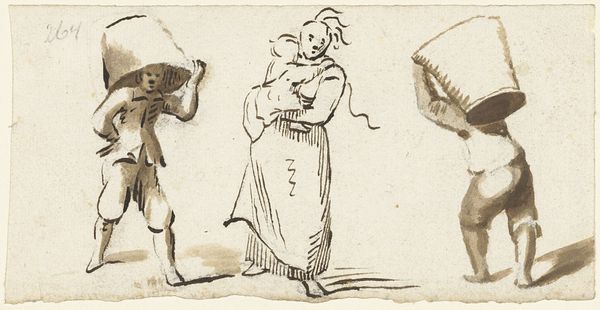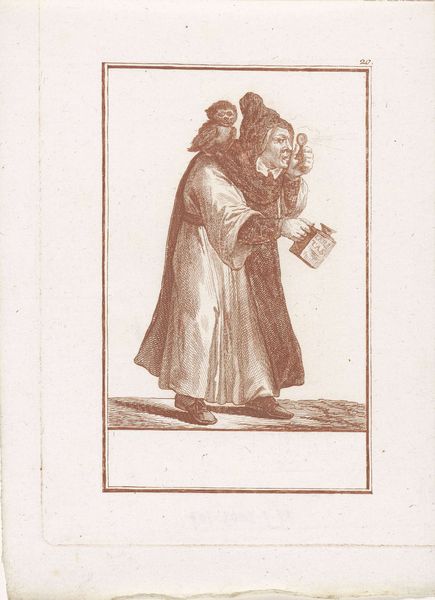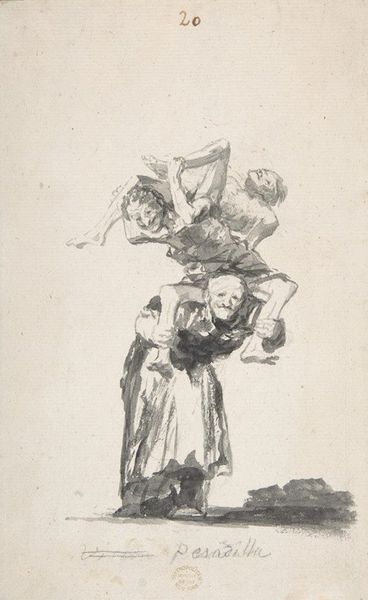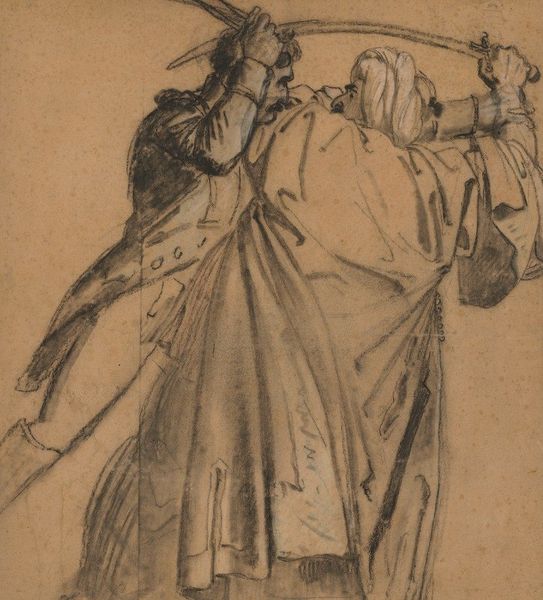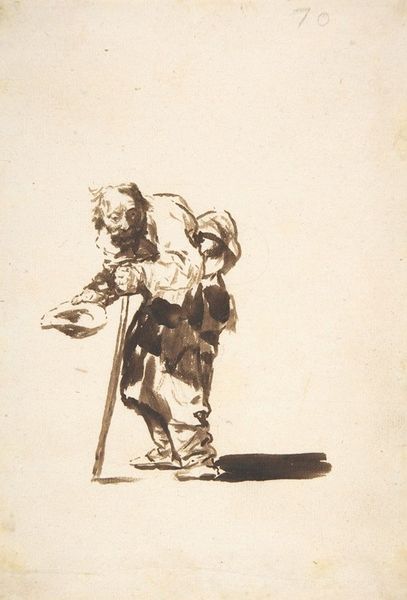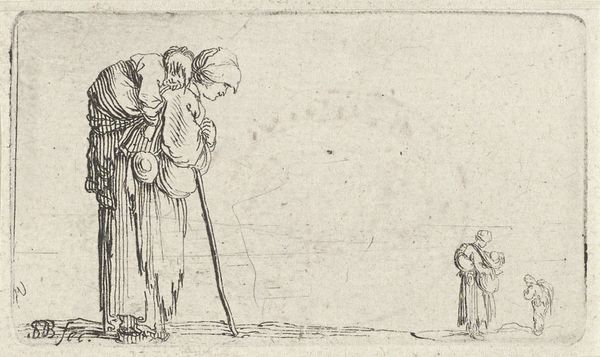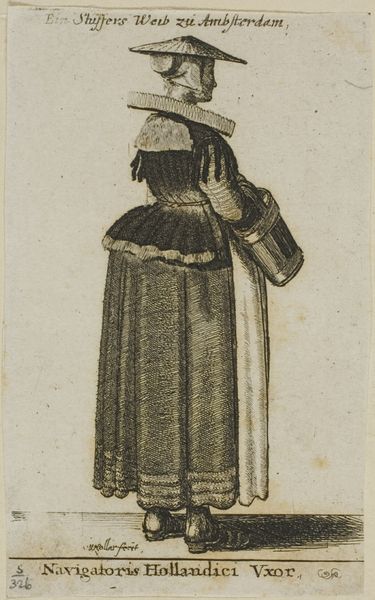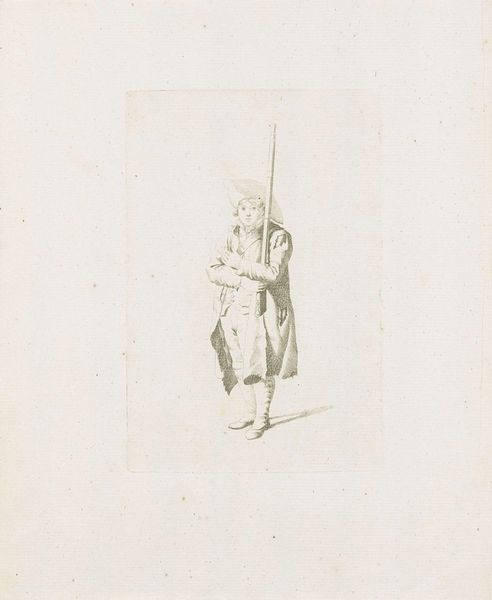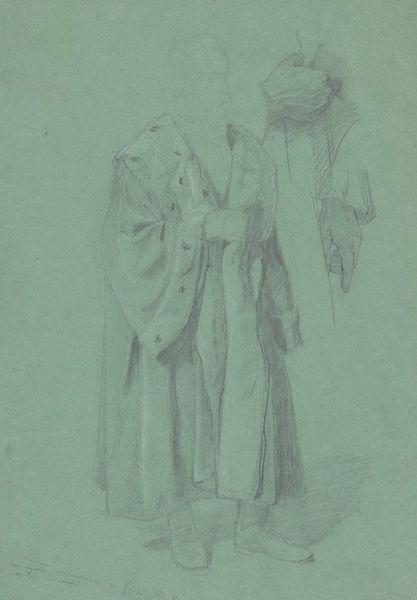
drawing, paper, ink
#
portrait
#
drawing
#
narrative-art
#
baroque
#
figuration
#
paper
#
ink
#
genre-painting
Copyright: Public Domain: Artvee
Curator: Looking at this sketch, there's a starkness that resonates. Rembrandt, working somewhere between 1628 and 1630, captured this “Beggar Woman Leaning on a Stick” with incredible efficiency using ink on paper. Editor: Immediately, the leaning posture suggests more than physical weariness. It feels like the weight of societal disregard is pressing down on her. What do you sense in this seemingly simple depiction? Curator: Rembrandt’s fascination with people on the fringes is palpable. He's not just drawing a beggar; he's exploring the human condition. The baroque style seeps in, doesn’t it? Even in the lines conveying her hunched form and the meager possessions hanging off her, there is intense drama. It makes me wonder, what made him pause and decide to immortalize her with ink? Editor: Indeed. There's an interplay between empathy and perhaps a detached study of social strata. Rembrandt certainly frequented the poorer quarters of Leiden. I would point out here, however, how genre-painting like this one contributed to shaping public perceptions of poverty. Images like these could elicit compassion, yes, but also serve as warnings or even justifications for social hierarchies. Curator: True. It’s a complex duality, and it’s in the artistic decisions, I think, that Rembrandt really shines. The dark wash creates depth, drawing the eye to the center and throwing shadows that almost seem to cloak her in the viewers pity... Or, alternatively, the beggar's face fades in the background, allowing a glimpse beyond a specific, historically documented moment in a story without beginning or end. Editor: And that face, obscured yet somehow still present. In an era grappling with massive shifts in social structures, with cities growing rapidly, works like these offered a means of confronting or ignoring marginalization. How art becomes enmeshed in social consciousness fascinates me, and I suspect Rembrandt himself was not untouched by his society and religion at the time. Curator: Right, perhaps it’s why this drawing still moves me – we're drawn into the shared human story regardless of her placement in a rigid and unmoving societal system of Rembrandt's time. Editor: Yes, a sketch of its time with lessons for ours. Thank you for sharing that.
Comments
No comments
Be the first to comment and join the conversation on the ultimate creative platform.
